In the ever-evolving world of cybersecurity, the discovery of zero-day vulnerabilities has become a crucial task for security researchers, white-hat hackers, and organizations seeking to protect their digital assets.
A zero-day vulnerability is a software security flaw that is unknown to the software vendor, has not been publicly disclosed, and for which no patch or fix is available. Identifying zero-day vulnerabilities requires a combination of technical expertise, creativity, and a thorough understanding of the software, systems, and networks being tested.
In this article, we will explore how to find zero day vulnerability and provide insights into the methods, tools, and techniques used by security professionals.
Understanding Zero-Day Vulnerabilities
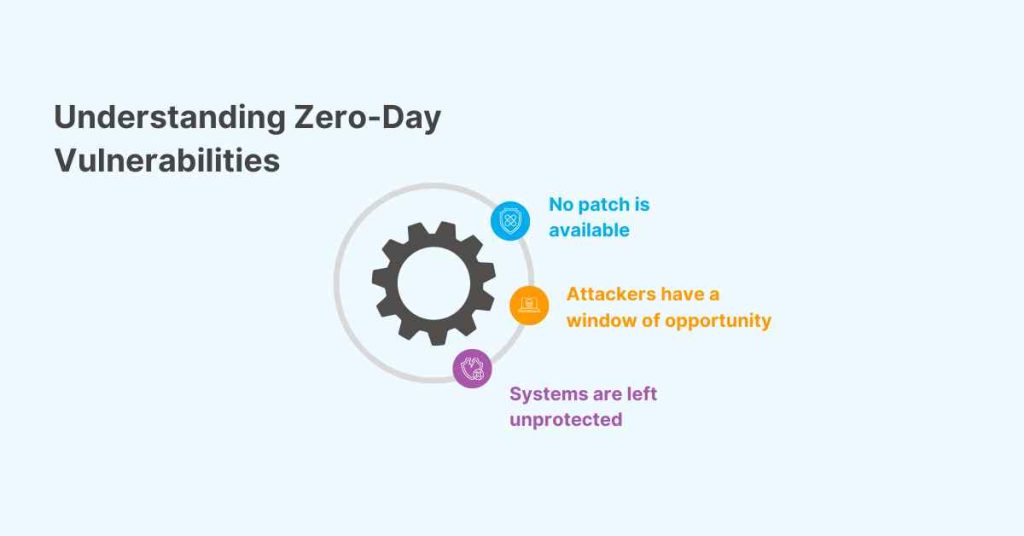
Before we dive into the process of finding zero-day vulnerabilities, it’s essential to understand what they are and why they pose a significant threat to software security. A zero-day vulnerability is a previously unknown security flaw in a software application, operating system, or firmware that attackers can exploit to gain unauthorized access to a system or data.
These vulnerabilities are often discovered by accident, during a penetration testing exercise, or through an attacker’s reconnaissance efforts. Zero-day vulnerabilities are particularly problematic because:
1. No patch is available
Since the vendor is not aware of the vulnerability, a patch or fix has not been developed, leaving users vulnerable to attacks.
2. Attackers have a window of opportunity
Once a zero-day vulnerability is discovered, attackers can exploit it before a patch is released, potentially causing significant damage.
3. Systems are left unprotected
Traditional security controls, such as firewalls and intrusion detection systems, may not detect or block attacks exploiting zero-day vulnerabilities.
Choose a Target
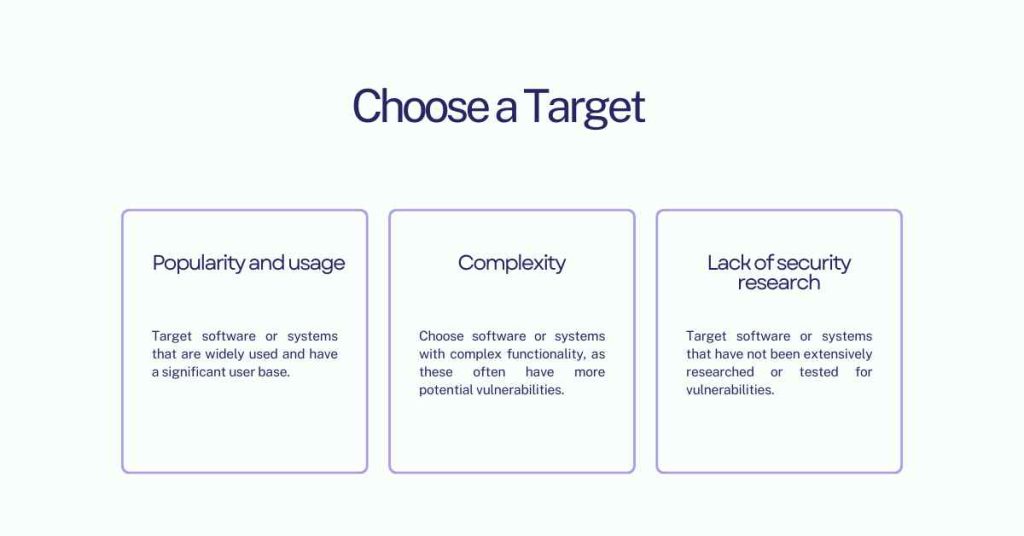
To find a zero-day vulnerability, you need to select a software application, operating system, or firmware to target. This can be a widely used software application, a popular operating system, or a specific firmware used in IoT devices. When choosing a target, consider the following factors:
1. Popularity and usage
Target software or systems that are widely used and have a significant user base.
2. Complexity
Choose software or systems with complex functionality, as these often have more potential vulnerabilities.
3. Lack of security research
Target software or systems that have not been extensively researched or tested for vulnerabilities.
Gather Information

Once you have selected a target, gather as much information as possible about the software or system. This can include:
1. Documentation and manuals
Read the software documentation, user manuals, and technical notes to understand its functionality and architecture.
2. Source code analysis
If the source code is available, review it to identify potential vulnerabilities.
3. Binary analysis
If the source code is not available, analyze the binary file using disassemblers and decompilers to understand the software’s behaviour.
4. Network traffic analysis
Capture and analyze network traffic to understand the communication protocols and data exchange patterns.
5. Device or system interaction
Interact with the software or system to understand its functionality and behaviour.
Identify Potential Vulnerability Classes
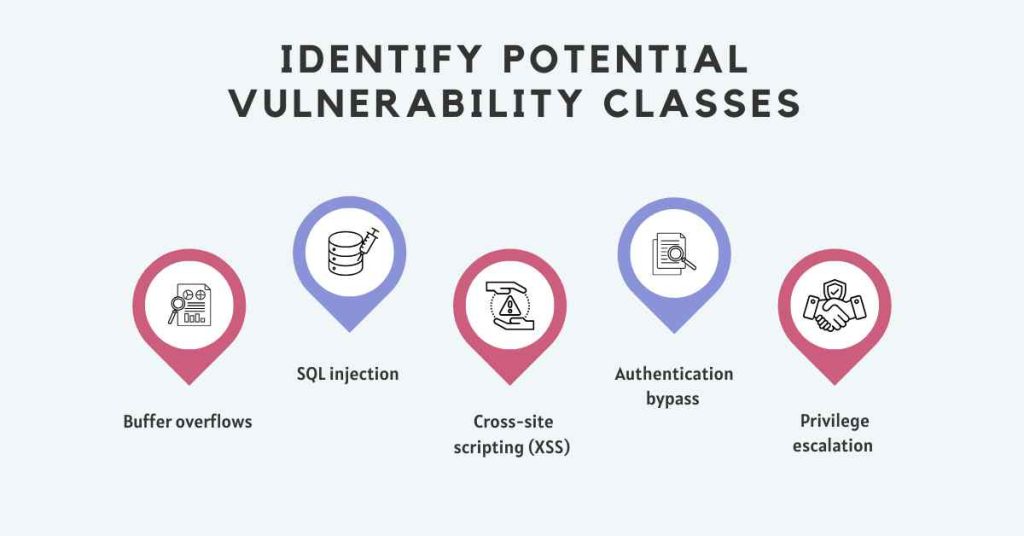
Based on the gathered information, identify potential vulnerability classes that may be present in the software or system. These can include:
1. Buffer overflows
Vulnerabilities that occur when a buffer is overflowed with more data than it can handle.
2. SQL injection
Vulnerabilities that occur when user input is not properly sanitized and is used to execute malicious SQL queries.
3. Cross-site scripting (XSS)
Vulnerabilities occur when user input is not properly sanitized and is used to execute malicious JavaScript code.
4. Authentication bypass
Vulnerabilities that occur when authentication mechanisms can be bypassed using various techniques.
5. Privilege escalation
Vulnerabilities occur when a user or attacker can escalate their privileges to gain unauthorized access.
Use Fuzzing and Other Techniques

To identify potential vulnerabilities, use fuzzing and other techniques to test the software or system. Fuzzing involves sending malformed data to a software application or system to observe its behaviour. Other techniques include:
1. Black box testing
Testing the software or system without any prior knowledge of its internal workings.
2. White box testing
Testing the software or system with a thorough understanding of its internal workings.
3. Grey box testing
Testing the software or system with some knowledge of its internal workings.
Analyze Crashes and Errors
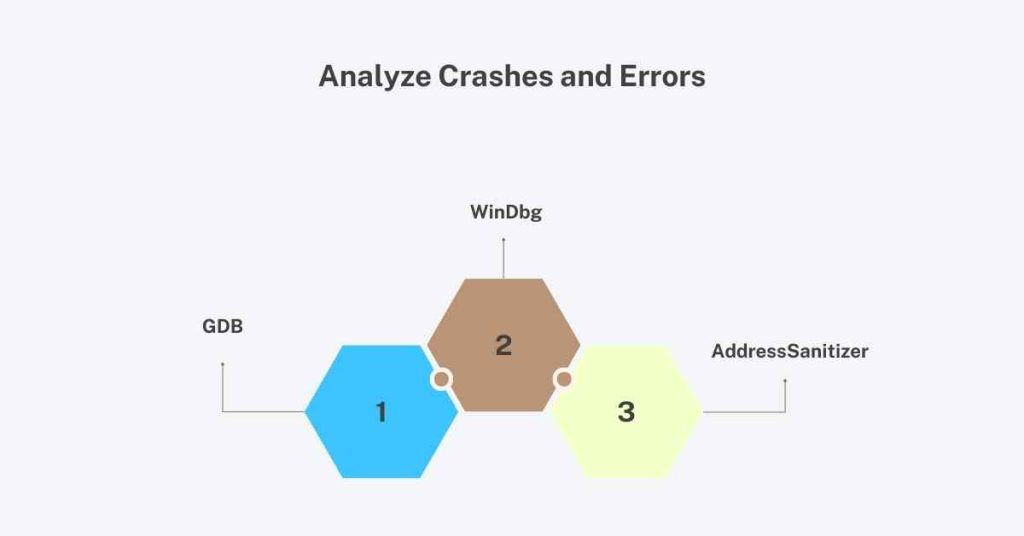
Analyze the crashes and errors that occur during the fuzzing process to identify potential vulnerabilities. Use tools such as:
1. GDB
A debugger for Linux and other Unix-like systems.
2. WinDbg
A debugger for Windows systems.
3. AddressSanitizer
A memory error detector for C and C++ applications.
Validate and Verify
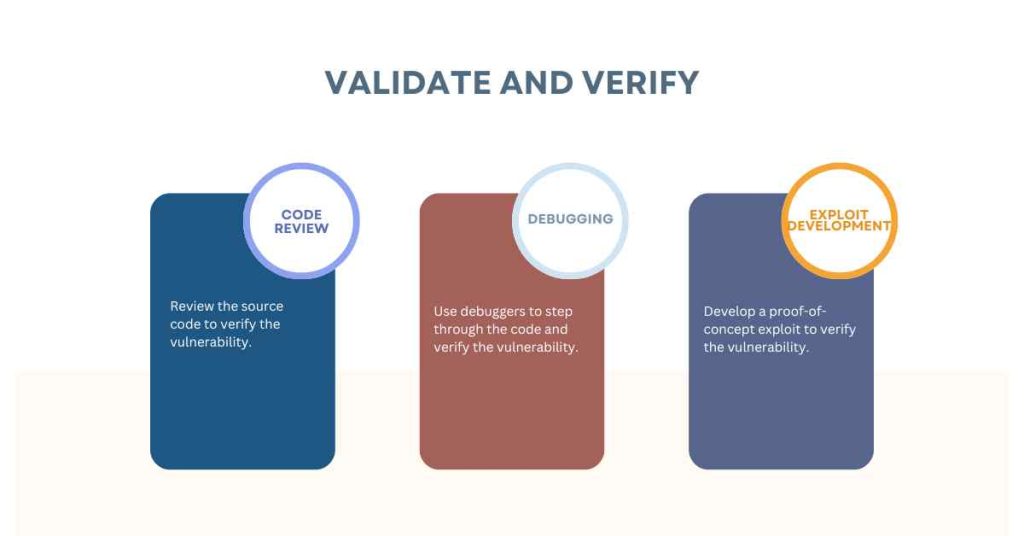
Once a potential vulnerability is identified, validate and verify its existence using various techniques:
1. Code review
Review the source code to verify the vulnerability.
2. Debugging
Use debuggers to step through the code and verify the vulnerability.
3. Exploit development
Develop a proof-of-concept exploit to verify the vulnerability.
Conclusion
Finding zero-day vulnerabilities requires a combination of technical expertise, creativity, and persistence.
By following the steps outlined in this article, you can identify potential vulnerabilities and contribute to the security of software applications, operating systems, and firmware. Remember to always follow responsible disclosure guidelines and report any identified vulnerabilities to the relevant authorities.
Learn more about why VAPT is crucial for your business?
FAQs: How to Find Zero Day Vulnerability?
1. What is a zero-day vulnerability?
Ans: A zero-day vulnerability is a previously unknown security flaw in a software application, operating system, or firmware that can be exploited by attackers to gain unauthorized access to a system or data.
2. Why are zero-day vulnerabilities so difficult to find?
Ans: Zero-day vulnerabilities are difficult to find because they are unknown to the software vendor, and there are no publicly available patches or fixes. Additionally, identifying zero-day vulnerabilities requires a combination of technical expertise, creativity, and persistence.
3. How is fuzzing used to find zero-day vulnerabilities?
Ans: Fuzzing is a testing technique that involves sending malformed data to a software application or system to observe its behaviour. Fuzzing can help identify potential vulnerabilities by causing the software or system to crash or behave in unexpected ways.
4. What are the most common types of zero-day vulnerabilities?
Ans: Common types of zero-day vulnerabilities include buffer overflows, SQL injection, cross-site scripting (XSS), authentication bypass, and privilege escalation vulnerabilities.
5. Can zero-day vulnerabilities be exploited remotely?
Ans: Yes, many zero-day vulnerabilities can be exploited remotely, allowing attackers to gain unauthorized access to a system or data without physical access to the system.
6. How can I protect my organization from zero-day vulnerabilities?
Ans: To protect your organization from zero-day vulnerabilities, implement robust security controls, such as firewalls, intrusion detection systems, and antivirus software. Additionally, keep software up-to-date with the latest patches and fixes, and provide regular security training to employees.
7. What is responsible disclosure, and why is it important?
Ans: Responsible disclosure is the practice of reporting identified vulnerabilities to the affected software vendor or authorities in a way that minimizes harm to users. Responsible disclosure is essential to ensure that vulnerabilities are handled in a way that protects users and prevents exploitation by attackers.
8. How long does it typically take to identify a zero-day vulnerability?
Ans: The time it takes to identify a zero-day vulnerability can vary greatly, from a few hours to several weeks or months. The time required depends on the complexity of the software or system, the expertise of the researcher, and the resources available.
9. Can I use automated tools to find zero-day vulnerabilities?
Ans: While automated tools can help identify potential vulnerabilities, human analysis and expertise are still required to verify and validate the findings. Automated tools can help speed up the process, but human intuition and creativity are essential for identifying complex zero-day vulnerabilities.
10. Are zero-day vulnerabilities only found in software applications?
Ans: No, zero-day vulnerabilities can be found in operating systems, firmware, and even hardware devices. Any piece of software or system can potentially contain zero-day vulnerabilities, making it essential to test and analyze all components of a system or network.












